MMH - Mechanical Aids: Levers and Rollers
On this page
Why and how should levers be used?
Back to topA lever is a bar or rod that reduces the effort required when lifting loads. To be effective, the lever must rest on a pivot (fulcrum). Levers reduce the force required to handle materials and reduce bending and stooping.
- Use a steel bar to shift an object horizontally.
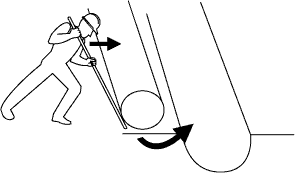
- Use "Come-Alongs" to move a heavy load. Make sure the load is fully on the skid to prevent drag or resistance.

- Mount the lever on wheels to assist when moving the load. Make sure that the wheels can be locked.
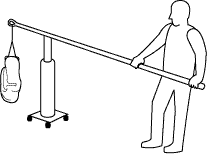
Lever on a rolling platform lifts and moves objects.
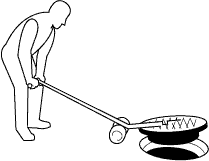
Lever on wheels lifts and moves maintenance covers.
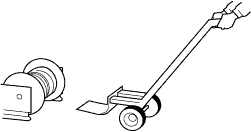
Lever on wheels lifts and moves coils.
- Use an extended handle to lift, shift, or move objects without bending.
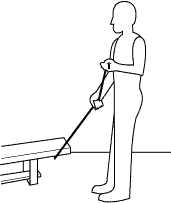
Why and how should rollers be used?
Back to topRollers are cylindrical objects that reduce friction, making it easier to move heavy loads across a surface. When used with levers, rollers provide additional efficiency in material handling tasks.
- Place rollers under the load to move it horizontally with less effort.
- Use levers to lift the load and rollers to glide it across the surface.
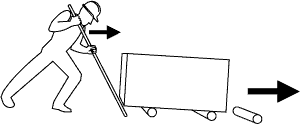
- Use rollers positioned at an angle to redirect the load smoothly. This technique reduces the need for manual repositioning.

- Rollers can assist in moving loads up or down an incline when used with a braking or anchoring system for control.
- Make sure rollers are stable and evenly spaced under the load to prevent tipping.
- Do not use rollers on uneven or soft surfaces.
- Fact sheet last revised: 2025-04-30

